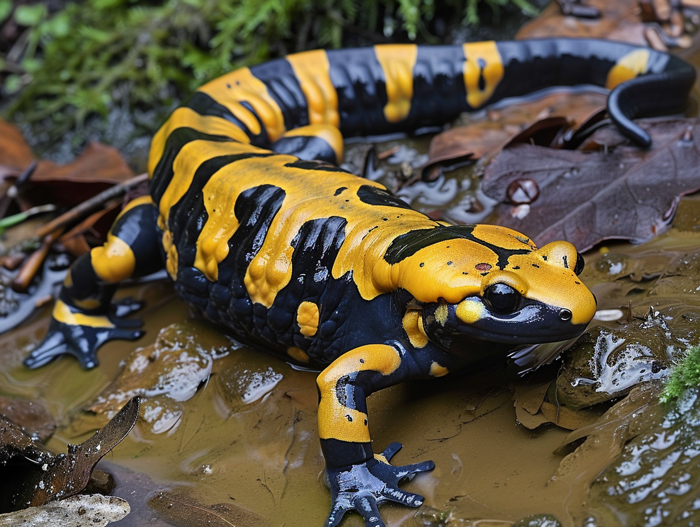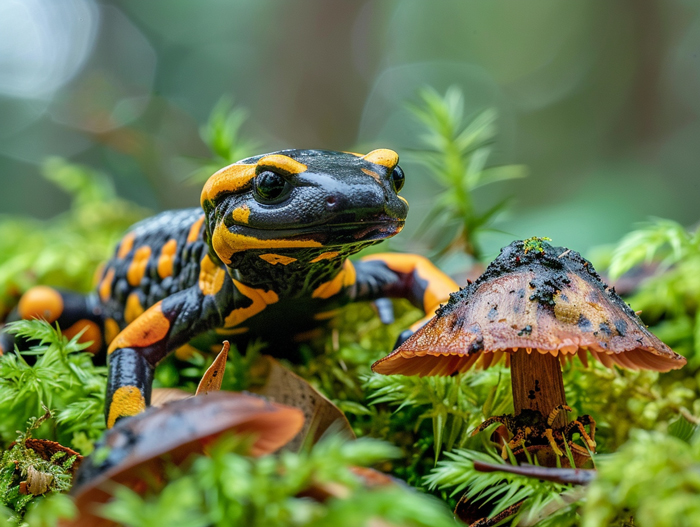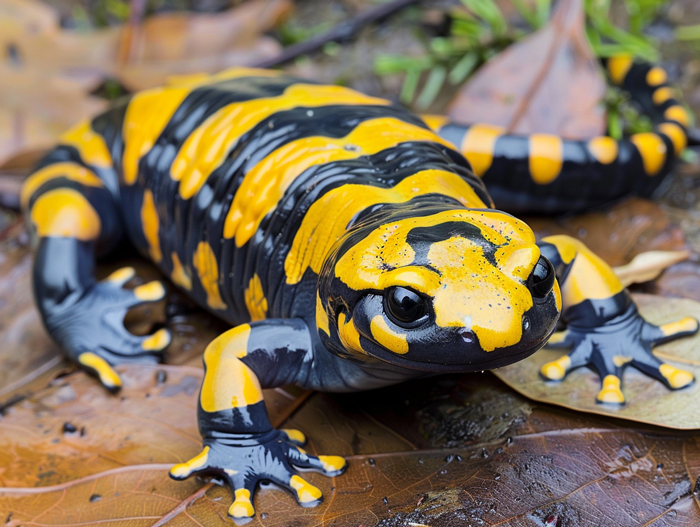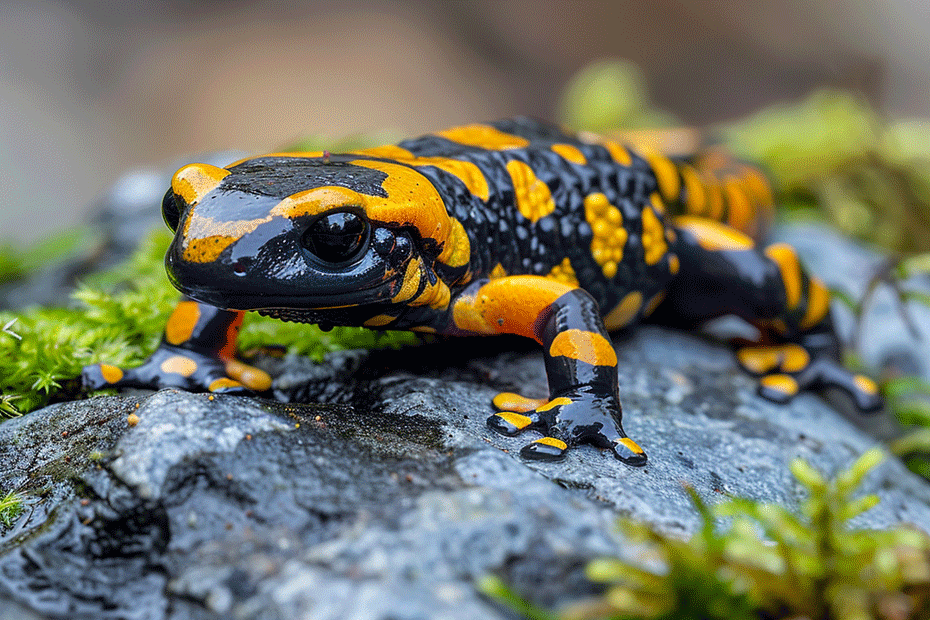Are you curious about what a salamander looks like? These fascinating creatures are known for their unique appearance and interesting features. With their sleek bodies and long tails, salamanders are easily recognizable in the wild. Their smooth skin and bright colors make them stand out among other amphibians.
When you come across a salamander, you’ll notice their slender bodies and four legs that are well-suited for life both in water and on land. Their distinctive eyes and elongated snouts give them a distinct look that sets them apart from other animals. Keep reading to learn more about the appearance of these captivating creatures and how to spot them in their natural habitat.
Key Takeaways
- Salamanders have sleek bodies, long tails, and smooth skin with vibrant colors.
- They possess distinctive eyes, four legs suitable for land and water, and elongated snouts.
- Salamanders thrive in moist habitats like forests, wetlands, and caves.
- They are carnivorous, feeding on insects, worms, small fish, and crustaceans.
- Conservation efforts include preserving habitats, raising awareness, reducing pollution, and responsible pet ownership.
- Supporting research and monitoring initiatives is crucial for protecting salamander populations.
Physical Characteristics of Salamanders

Body Shape
- Salamanders have sleek bodies.
- They have long tails.
- Their bodies are slender.
Skin Texture and Color
- Salamanders have smooth skin.
- Their skin comes in bright colors.
- The color variations can be vibrant and diverse.
- Salamanders possess distinctive eyes.
- They have four legs for movement.
- Their limbs are well-suited for both land and water activities.
Habitat and Behavior

Natural Habitat
Salamanders are found in a variety of habitats including forests, grasslands, wetlands, and caves. They prefer moist environments and are often seen near streams or ponds. Some species also live underground.
- Salamanders are carnivorous, feeding on insects, worms, small fish, and crustaceans.
- They are opportunistic hunters, using their sticky tongues to capture prey.
- Salamanders play a crucial role in controlling insect populations in their ecosystems.
Explore more about these fascinating creatures and their habits in the wild.
Conservation of Salamanders

Salamanders, with their unique characteristics and vital role in the ecosystem, require special conservation efforts to ensure their survival. Here’s how you can contribute to the conservation of these fascinating creatures:
- Preservation of Habitats
- Maintain natural habitats like forests, wetlands, and caves where salamanders thrive.
- Avoid habitat destruction through deforestation or pollution.
- Education and Awareness
- Educate others about the significance of salamanders in maintaining ecosystem balance.
- Support local conservation organizations dedicated to salamander protection.
- Reducing Pollution
- Minimize chemical pesticide use in your surroundings to prevent water and soil contamination.
- Properly dispose of waste to prevent pollution of water sources where salamanders reside.
- Responsible Pet Ownership
- Be cautious when owning pets near salamander habitats to prevent unintentional harm.
- Don’t release non-native species into the wild as they can disrupt local ecosystems.
- Research and Monitoring
- Support research initiatives tracking salamander populations and behaviors.
- Report any sightings of salamanders to relevant authorities for conservation purposes.
By engaging in these conservation practices, you play a crucial role in safeguarding salamanders and preserving the rich biodiversity they contribute to. Stay informed and involved in protecting these captivating amphibians.
Conclusion
Now that you understand the significance of conserving salamanders and their habitats, you can take actionable steps to contribute to their preservation. By advocating for habitat protection, spreading awareness about salamanders’ ecological importance, minimizing pollution, being a responsible pet owner, and supporting research initiatives, you can make a meaningful impact on salamander conservation efforts. Your involvement in these conservation practices is crucial for ensuring the well-being of salamanders and the biodiversity they sustain in their environments. Take the initiative to protect these fascinating creatures and the ecosystems they inhabit.

Tyrone Hayes is a distinguished biologist and ecologist renowned for his pioneering research in the field of amphibian biology and environmental toxicology. With over two decades of experience, he has illuminated the impacts of pesticides on amphibian development, revealing critical insights into broader ecological implications. Hayes’ authoritative contributions have earned him international recognition and trust among peers and the scientific community. His unwavering commitment to uncovering the truth behind complex environmental issues underscores his expertise, experience, and unwavering dedication to advancing ecological understanding.
